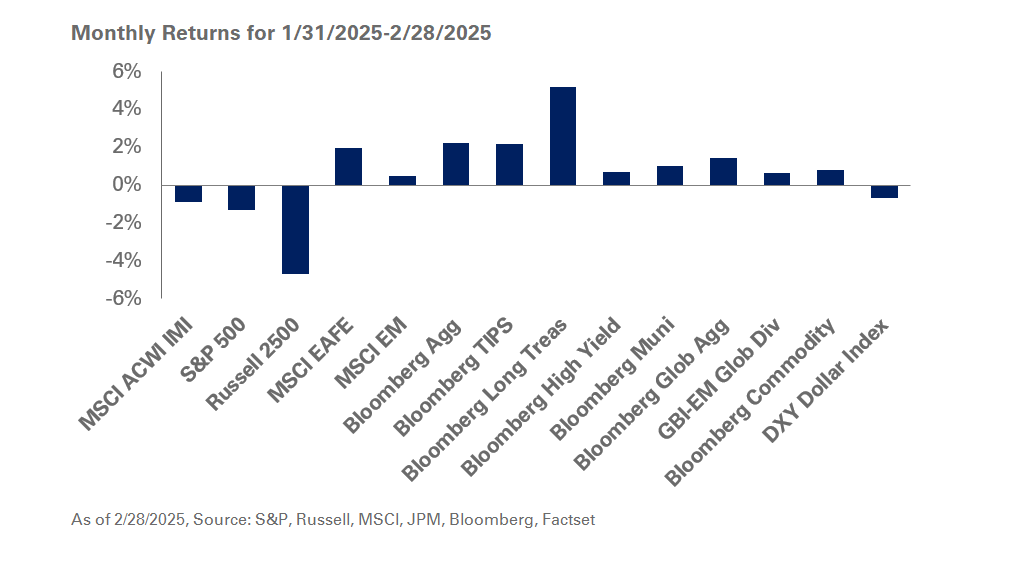At NEPC, the purpose of our Endowments and Foundations practice is to empower our clients with solutions to their complex investment and financial needs. Our best ideas are often the result of collaboration and sharing of viewpoints across different teams within the firm.
We believe governance serves as a cornerstone of a successful investment program. This statement is especially poignant in today’s environment, given the confluence of market turbulence, evolving external pressures and organizational desires to balance short-term needs with long-term goals.
We wanted to find out how universities are deploying governance strategies in the current environment. To that end, we recently continued our series of roundtables, bringing together our clients to discuss the creative solutions they are using as they strive to better serve their students, educators, communities and other stakeholders. Following are some key themes that emerged from our discussion.
Investment Committee Structure
To get started, we asked participants to share how their investment committees are structured at their university, and if their current structure created challenges in the decision-making process. We had a robust discussion about how different governance models impact decision making, with representatives from various models: university foundation, outsourced CIO, internal CIO with consultant advisory, and pure advisory to the investment committee.
While the challenges varied, some noted that their investment committee model itself was a significant issue, due to lack of coordination, time commitment and a disconnect between decision makers. Universities with larger investment committees felt more challenged than universities with smaller investment committees. On the bright side, some participants said they had made strides in establishing a diverse, well-rounded investment committee. These respondents said their committees consisted of members with financial experience who were nimble and responsive to changing markets.
Preparing for the Future
One of the most pressing challenges for university investment committees is determining spending policy given the current macro-economic outlook. Most participants said they would make no changes to their spending policies for the short-term. Some acknowledged that the coming release of annual reports might result in calls from stakeholders, but they planned to address those concerns by focusing on the long-term nature of the endowment’s overall portfolio.
Besides current challenges, we also wanted to get a feel for how universities are making their investment decisions. A few of the questions we asked our group included:
- Where does your investment committee or board add the most value?
- Do you consider operating funds and decisions within the context of the endowment/foundation oversite?
- Have you considered or are you considering environmental, social and governance (ESG) and/or diversity, equity and inclusion (DEI) within the context of your portfolio?
Overall, the participants experienced the most value-add from boards that had clearly communicated the strategic plan and linked these efforts to growth expectations and hopes for the endowment. One participant noted that lofty goals were often met with discussions around fundraising being a main driver of growth as asset returns are expected to be lower than growth needs.
Pivoting to operating funds, the group agreed that universities who were disciplined with expense management and realized net positive cash flows were more likely to rely on operating funds as near-term sources of capital, rather than using the endowment spending draw. This positioned these universities with a longer-term time horizon.
Finally, constituents are still focused on ESG and DEI issues, and universities are meeting those initiatives in strategic, thoughtful ways. All participants agreed that being forward looking was an important way to protect the asset base, as reactionary policies can set off internal stress.
Key Findings
The robust roundtable discussion with university leaders yielded three primary takeaways:
- Properly structuring an investment committee and defining the roles and responsibilities of its managers remains a challenge for many universities.
- University endowments and foundations are looking for guidance as they balance the need for portfolio growth with the needs of their students, staff, communities and other stakeholders. NEPC plans to remain at the forefront of this conversation, helping clients develop and maintain a governance framework for their organizations.
- Diversity and social impact investing will continue to be a focal point for university investment committees in the coming years. While many foundations have increased diversity within their portfolios and on their boards, most have much more work to be done.
2022 Governance Survey Results
The viewpoints noted above were reinforced in NEPC’s 2022 Governance Survey, which examined how institutions like pensions, endowments, foundations and healthcare organizations are making strategic investment decisions and engaging with investment consultants to preserve and grow their capital across different classes and market cycles. Click here to download your copy of the 2022 Survey Results.



